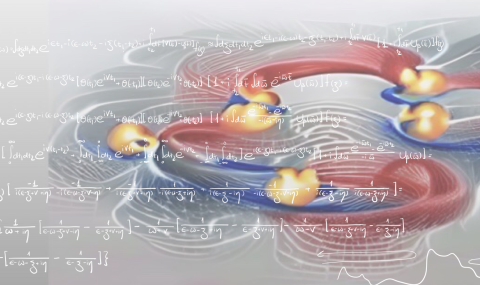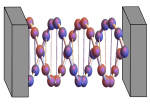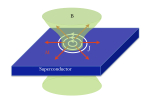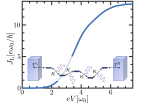Overview
Our group studies the collaborative behavior of electrons, primarily through the lens of quantum transport. The electronic conductance is an key property of any condensed matter system and contains vital information about the active degrees of freedom at low temperatures. Thermal and thermoelectric transport measurements can reveal even more intricate details about electronic correlations. Our group develops field-theoretical techniques for studying transport phenomena. We combine them with numerical tools and apply them to various experimentally relevant systems. We are especially interested in systems where the interplay of multiple effects such as superconductivity, disorder, and spin-orbit coupling causes new phases of matter to emerge. We also study charge and spin transfer through chiral organic molecules. Such systems, which are the building blocks of life, demonstrate rich and surprising spin physics that remain poorly understood.





